How To Do Chemical Peeling At Home: 5 Simple Steps
Following the simple steps of this treatment can help you achieve radiant skin at home.

Image: Shutterstock
Get over the harsh physical scrubbers because chemical peels are now the easiest way to soft and smooth skin. And the best part is, you can do it at home! This article will guide you through the steps of how to do chemical peeling at home.

Chemical peels can help you fade dark spots, improve skin texture, and eliminate dullness. Since there are different types of chemical peels available on the market, this article will help you understand everything you need to know about them before you give them a try. Read on.
 Trivia
TriviaIn This Article
What Is A Chemical Peel?

A chemical peel is a treatment in which a chemical solution is used to exfoliate your skin. A chemical is applied to your skin, which causes tissue death (in a controlled manner), resulting in the topmost layer of your skin peeling off. Once the layer is peeled off, a new skin layer is regenerated, which is smoother, less wrinkled, and better than your old skin. The new skin is usually quite sensitive, but it heals completely within a few days.
Depending on the depth of the wound created, chemical peels are broadly categorized into three types.
Key Takeaways
- Chemical peels use chemical solutions to help us get rid of the dead skin on the face.
- To check for any negative responses, a patch test is advised prior to beginning the medication.
- The area around the eyes and lips should be avoided as you apply the peel in an equal, thin coating.
- After applying the peel for the required amount of time, it should be washed off with water.
- After a chemical peel, you must use sun protection since your skin is more vulnerable to damage from UV rays.
- To prevent over-exfoliation, chemical peels should only be applied occasionally—no more than once per week.
What Are The Types Of Chemical Peels?
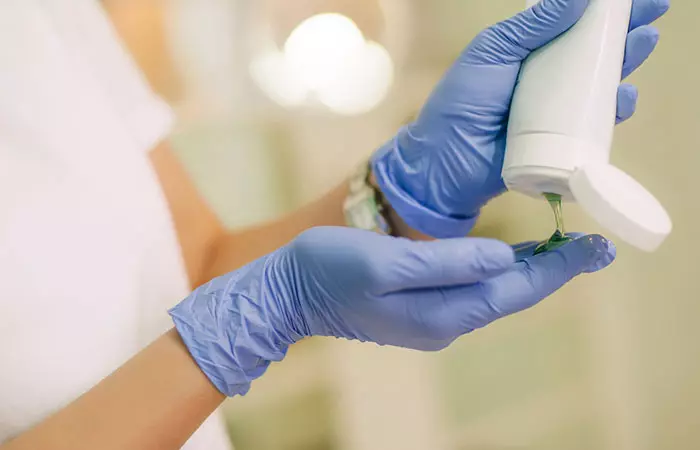
Chemical peels are categorized as:
- Superficial Peels
This type of chemical peel does not penetrate the skin beyond the epidermis (the topmost layer). It is extremely mild, and it gently exfoliates just the outer layer of your skin. If you have mild skin discoloration or want to improve the texture of your rough skin, this one is appropriate for you. Usually, an alpha hydroxy acid, salicylic acid (low-strength), or any other mild acid is used in this type of chemical peel.
- Medium Peels
The chemicals in this peel cross the epidermis and reach the topmost level of the dermis (the middle layer of the skin). Medium peels are generally used to treat conditions like age spots, wrinkles, fine lines, and moderate levels of discoloration. This peel also helps in smoothening your rough skin and treating any pre-cancerous skin growth. Glycolic acid (high percentage), trichloroacetic acid, and Jessner peels fall under this category.
- Deep Peels
As the name suggests, deep peels penetrate the dermis and reach the deepest layer of your skin. They are used for treating shallow scars, freckles, age spots, deep wrinkles, skin discolorations, and moderate lines. Phenol and trichloroacetic acid peels (high percentage) are used for deep peeling. The procedure can be performed not more than once in a year and should be done by a professional.
 Did You Know?
Did You Know?When done correctly, chemical peels can dramatically transform your skin and give it a youthful appearance. Here are a few benefits of chemical peeling.
What Are The Benefits Of Chemical Peeling?
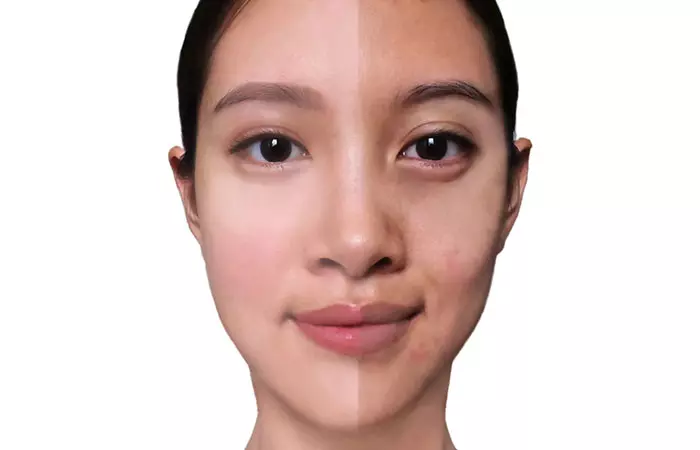
Apart from improving your skin texture, chemical peels can do a lot to your skin.
If you are opting for a superficial chemical peel, the benefits include:
- Makes your dry skin smoother
- Reduces pigmentation
- Eliminates blemishes
- Reduces acne
- Reduces signs of mild sun damage
- Younger-looking skin
- Eliminates mild blotchiness
Also, it has less recovery time.
If you are going for a medium chemical peel, here’s what you can expect:
- Fine lines become less noticeable
- Eliminates scars and birthmarks
- Reduces pigmentation
- Removes old acne scars
- Reduces dry skin
- Reduces the signs of sun damage and blotchiness
- Fresh and younger-looking skin
If you are planning to undergo deep chemical peeling, these are the benefits:
- Removes pre-cancerous growths
- Reduces deep acne scars
- Eliminates acne
- Eliminates deep wrinkles
- Reduces age spots
- Smoother and younger-looking skin
- Long-term results
Above all, deep chemical peeling is a one-time beauty treatment that has a lasting effect on your skin.
The chemical peels that people apply at home are usually superficial peels. If you are doing a medium peel at home, you need to be extremely careful. It is better not to take the risk if it’s your first time doing a chemical peel at home. When choosing a chemical peel, the list of ingredients can be exhaustive and confusing. If you are a beginner, here is a quick guide to the ingredients you can opt for.
Chemical Peels: The Ingredients To Look For

Here are the ingredients to look for when buying chemical peels.
- Enzyme Peels
These are incredibly mild as they contain a blend of fruit enzymes. They gently exfoliate the top layer of your skin and refine your skin pores. Enzyme peels are natural ingredients that are great for anyone who has sensitive skin and those who are intolerant to acids.
- Lactic Acid
Lactic acid peels usually contain alpha hydroxy acids (AHA) and are extremely mild. They are suitable for beginners and help in smoothening your skin and treating minor wrinkles, fine lines, and mild discoloration (1). They are also extremely hydrating.
- Mandelic Acid
Mandelic acid has anti-aging benefits and is very effective in removing dead skin cells. It helps in improving your skin texture and reducing wrinkles and fine lines. It also helps in reducing hyperpigmentation (2). It works well when combined with salicylic acid.
- Salicylic Acid
Salicylic acid is widely used for treating acne. When used in peeling solutions, salicylic acid gets absorbed into your skin pores and unclogs them. Unlike AHA and glycolic acid, this acid will not make your skin sensitive to sun rays (3). Salicylic acid helps in treating melasma, freckles, hyperpigmentation, and sun damage.
Sudipta, a blogger, shared a cost-effective solution for use at home – the salicylic acid peel as well as a neutralizing base mask, stating, “… an acid should always be treated with base to neutralize the effects and make it. So this peel is a two step process.” Regarding results, she writes, “I have been using this pack for the last 2 months, and the results are incredible. It makes my skin clean and glowing immediately after using it (i).”
- Glycolic Acid
Compared to all the ingredients mentioned above, glycolic acid is a bit more potent. It is both a superficial and a medium peel, depending on the percentage of the acid used. It not only refines your skin texture but also reduces the appearance of wrinkles and scars and brightens your skin tone (4).
- Jessner’s Peel
When searching for chemical peel products, you will definitely come across this name. Jessner’s peel is mainly a combination of three ingredients: lactic acid, salicylic acid, and resorcinol. It is pretty effective in treating hyperpigmentation and acne. It is suitable for oily skin. However, if you have dry skin, this peel can make it drier. Don’t forget to follow up with a moisturizer after using this peel.
- Trichloroacetic Acid Or TCA Peels
This is also a medium strength peel or ingredient, but it is stronger than all the ingredients mentioned above. It works well for treating hyperpigmentation, sun damage, wrinkles, acne scars, and stretch marks (5).
There are, of course, risks involved in undergoing a chemical peel treatment. While mild and superficial peels may not have significant risks, deep chemical peels come with a host of risks. However, keep in mind that the risks depend on your skin type, the type of peel used, and how your skin reacts to it.
Are There Any Side Effects Of Chemical Peels?
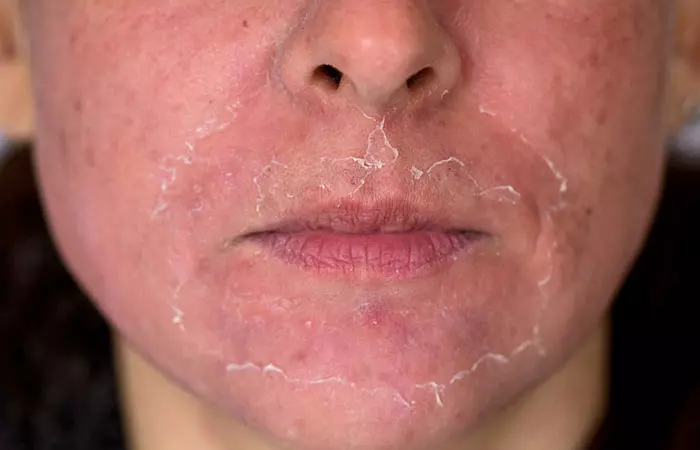
Chemical peels may cause the following side effects:
- Redness Of Skin: Right after treatment, you will notice some redness on your skin. This redness may last for several weeks or months, depending on the intensity of your treatment.
- Scarring: This is another major issue with chemical peels. There are chances that you may get scars on your face. That’s why chemical peels should be taken very seriously and done under the guidance of a skin care professional.
- Skin Infection: Chemical peeling, if not done the right way, can cause a fungal or bacterial infection, including herpes virus.
Chemical peels are NOT meant for everyone. You cannot undergo chemical peeling if:
- you are taking isotretinoin medicines for acne (or have taken them in the past six months).
- you have a dark complexion.
- you have a history of keloids (overgrowth of scar tissues).
- you have abnormal skin pigmentation.
- you get cold sores frequently or have a history of cold sores.
Consult a doctor before undergoing intense chemical peeling. Although at-home chemical peels are pretty mild and do not have any major side effects, it is better to consult a doctor before using any harsh chemicals on your skin.
Now that you are aware of the potential side effects of chemical peels, here are some tips for doing it at home.
How To Do Chemical Peeling At Home

Always do a patch test to check if you are allergic to any of the chemicals. Even if you have done chemical peeling before, do a patch test every time you do it. To do a patch test:
- Take a small amount of the product and apply it to your inner arm or on your wrist.
- Leave it on for 24-48 hours. See how your skin reacts.
- Remove it after 48 hours and wait for two more days to make sure it does not cause a delayed reaction.
If your skin is fine after doing the patch test, go ahead with the chemical peel. If you are using it for the first time, start with the lowest concentration possible. You can gradually increase the concentration as your skin gets used to the acid. To begin with, you can use 8% TCA, 30% lactic acid, or 30% glycolic acid. If you are using any tretinoin-based products, stop using them a week before using the chemical peel.
Now, let’s discuss how you can do chemical peeling at home.
Step 1: Clean Your Face
Before applying the chemical peeling solution, cleanse your face with a gentle and soap-free cleanser.
Step 2: Protect The Sensitive Parts
Areas such as the skin around your eyes, the corners of your lips, and your nostrils are very sensitive. Apply petroleum jelly on them to protect them from the acid.
Step 3: Apple The Chemical Peeling Solution
Use a Q-tip, a cotton swab, or a cotton pad to apply the chemical solution to your face. Start with the areas that are less sensitive, such as the skin on your forehead, cheeks, and chin, and then apply it to your nose and neck.
Step 4: Leave It On For The Time Recommended By The Manufacturer
The wait time differs with the ingredients. However, it’s always safe to keep it on for lesser than the recommended time. For instance, if the instructions ask you to leave it on for 2 minutes, it’s best to remove it after 1 minute or 1 minute 30 seconds.
Step 5: Remove The Peel
Remove the chemical as per the instructions provided with the product and apply a neutralizer. Usually, all products come with a neutralizing solution. This is to stop the solution from working on your skin. If your product doesn’t come with any neutralizing solution, it means the chemical stops working as soon as you remove it from your skin.
You can also make your own neutralizing solution. Just mix baking soda in some water until it forms a paste and apply it after you wash the chemical off your face.
If your first attempt goes well, you can increase the intensity or concentration of the acid the next time.
After chemical peeling, there are a few safety precautions to follow especially regarding what you put on your skin. Here is a skin care regimen you can follow right after chemical peeling.
How To Take Care Of Your Skin After Chemical Peeling
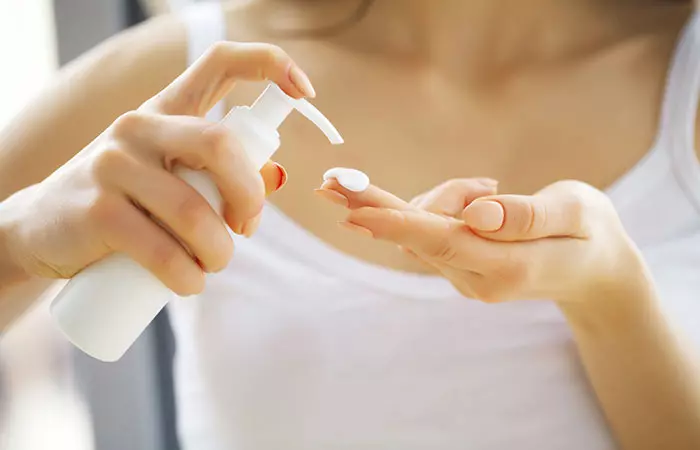
Chemical peeling will leave your skin looking a bit red and irritated. It is very vulnerable to damage at this point, and that’s why you need to take special care of your skin. Here are the things you should do after you have done chemical peeling at home:
- Treat Your Skin Gently
Whenever you touch your skin or apply any product, do it very gently. Don’t rub your fingers on your face. Some of the peeling skin flakes remain attached to the cells of your skin after chemical peeling until they fall off on their own. You don’t want to take the risk of pulling them out and damaging your skin.
- Be Very Cautious Your Skin Is Wet
When your skin is wet, it softens the dead skin cells. So, be careful when wiping your moist skin. If you rub too aggressively with your fingers on your skin, you run the risk of removing both dead and live skin cells. It is better to avoid applying anything or using anything on the face (like a washcloth) when your skin is wet.
- Never Forget Sunscreen
Your skin is damaged and still regenerating after the peel, and it is extremely vulnerable to the harmful UV rays. So, sunscreen is a must! Use a broad-spectrum sunscreen, with a SPF level of 30 or higher, that shields the skin against both UVA and UVB rays. And for added protection, consider using a mineral-based sunscreen containing zinc oxide or titanium dioxide, as these are gentle on sensitive, post-peel skin.
- Limit The Time Spent Outdoors
When your skin is inflamed, it is better to protect it from the heat, pollution, and the sun’s rays. So, limit the time that you spend outside.
- Use A Gentle Cleanser
Use a sulfate- and soap-free cleanser on your face. Your cleanser should not leave your skin feeling dry and dehydrated. Choose a moisturizing formula that will keep it nourished.
- Follow Up With A Gentle Essence, Mist, Or Toner
Once you have cleansed your skin, apply an alcohol-free skin essence, toner, or facial mist. This helps in additional hydration and soothes the irritated skin. Avoid rubbing it on your skin. Instead, put it in a spray bottle or use cotton pads to apply it to your face.
- Apply A Moisturizer
Once you have undergone chemical peeling, moisturizing is the best way to keep your skin calm. A moisturizer is a must-have throughout the day. During the day, use a moisturizer with SPF. You can use one without SPF at night.
- Avoid Pulling Off The Flaky Skin
Let it fall off on its own. Pulling off the flaky skin can cause scarring, redness, and irritation.
Consult a doctor immediately if you notice signs of infection, such as crusting and oozing, from the flaky and irritated skin.
And, while at-home chemical peels have been quite popular due to their convenience, many individuals still prefer professional chemical peels. So let’s check the basic difference between the two and which one would be a better choice to go ahead with.
At-Home Chemical Peel Vs. Professional Chemical Peel
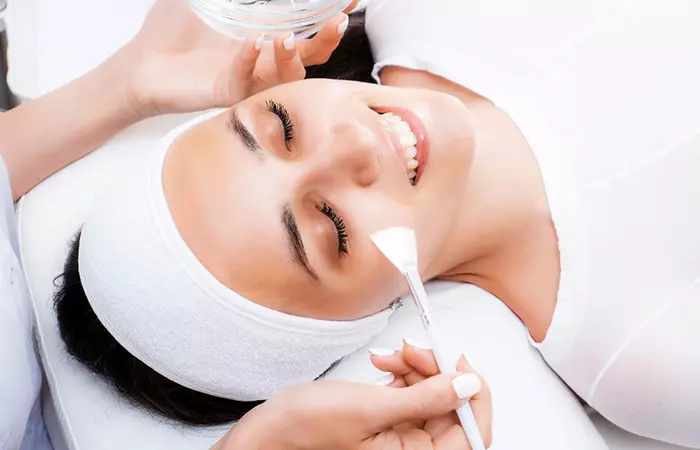
The basic difference between the two lies in their chemical concentration and application. Professional chemical peels are known for being more potent as compared to their at-home counterparts. Professional chemical peels target severe skin issues and work more efficiently by penetrating deeper into the skin. They can be ideal for diminishing severe wrinkles, hyperpigmentation, and sun damage. On the other hand, at-home chemical peels can help in unclogging pores, minimizing pore size, and improving skin texture. Based on your skin problem, you can select the one that is ideal for you.
Infographic: A Simple Guide To Doing A Chemical Peel At Home
Chemical peels are one of the easiest ways to get smooth skin. They remove the top layer of the skin, which helps remove hyperpigmentation, wrinkles, and fine lines. The good news is you can do a chemical peel in the comfort of your “home spa,” without the help of an aesthetician. We have compiled a simple tutorial on how to do a DIY chemical peel at home in the infographic below. Scroll down to know more!
Some thing wrong with infographic shortcode. please verify shortcode syntaxChemical peeling is a cosmetic procedure where a chemical is applied to help peel off a layer of skin. Getting a superficial, medium, or deep chemical peel will reduce pigmentation, remove deep acne scars, leaving you with youthful and smoother skin. If you want to know how to do a chemical peel at home, you need to buy chemical peels with lauric acid or glycolic acid and follow proper instructions. Once you finish doing your chemical peel, ensure you are gentle with your skin and use a moisturizer to keep your skin hydrated. Few people may experience redness, irritation, or scarring after doing a chemical peel. Consult a doctor immediately if this happens. However, if chemical skin peels don’t suit you, there are more natural ways to improve skin texture at home, such as staying hydrated, improving your diet, and using vitamin C or sunscreen regularly.
Frequently Asked Questions
Can I use vitamin C after a chemical peel?
No, it is not safe to use vitamin C after a chemical peel. You may resume using vitamin C serum 2-3 days after a chemical peel.
Can I wear makeup after a chemical peel?
No, you will have to wait 7-10 days to wear makeup after a chemical peel as your skin needs time to heal and breathe.
Can I use a chemical peel on any part of my body?
Yes, you can use the chemical peel on any part of the body, but it’s important to follow the product instructions and avoid using it on sensitive areas. Also, do a patch test before using the product.
Embark on a journey to healthier skin with glycolic skin peels. Play this informative video tutorial and gain valuable skin care tips on how to make and use glycolic peels at home.
Personal Experience: Source
StyleCraze's articles are interwoven with authentic personal narratives that provide depth and resonance to our content. Below are the sources of the personal accounts referenced in this article.
i. Diy salicylic acid peel at homehttps://beautytipsbysud.wordpress.com/2014/10/25/diy-salicylic-acid-peel-at-home/
References
Articles on StyleCraze are backed by verified information from peer-reviewed and academic research papers, reputed organizations, research institutions, and medical associations to ensure accuracy and relevance. Read our editorial policy to learn more.
- “An antiaging skin care..”, Clinical, Cosmetic and Investigational Dermatology, NCBI
- “ Evaluation of the efficacy..”, Przeglad Dermatologiczny, ResearchGate
- “ Treatment of Acne..”, Clinical Therapeutics, NCBI
- “ Glycolic Acid Peel..”, Clinical, Cosmetic and Investigational Dermatology, NCBI
- “Using trichloroacetic acid..”, Journal of Dermatological Treatment, Taylor & Francis Online
Read full bio of Dr. Rhonda Q. Klein
Read full bio of Ramona Sinha
Read full bio of Anjali Sayee
Read full bio of Shiboli Chakraborti






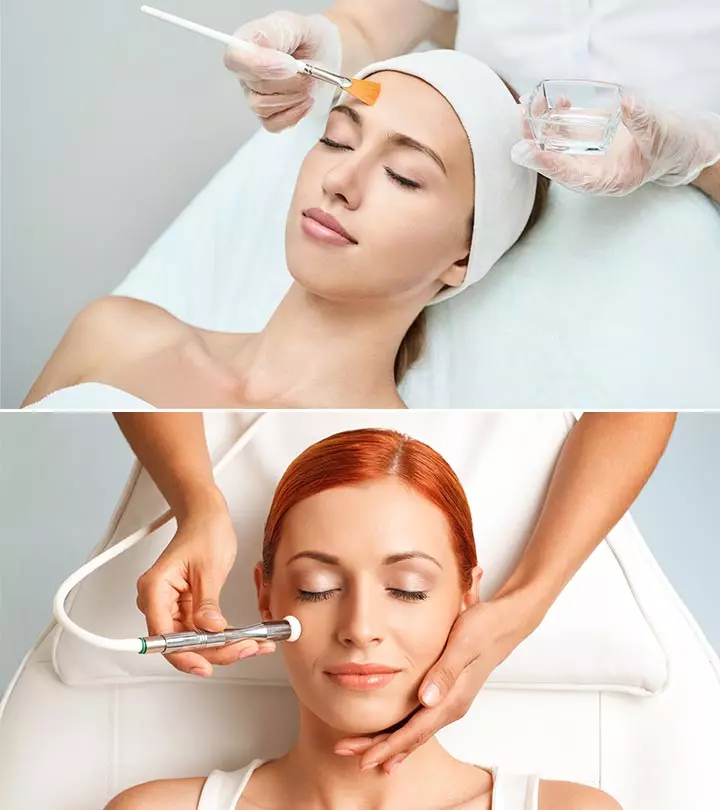
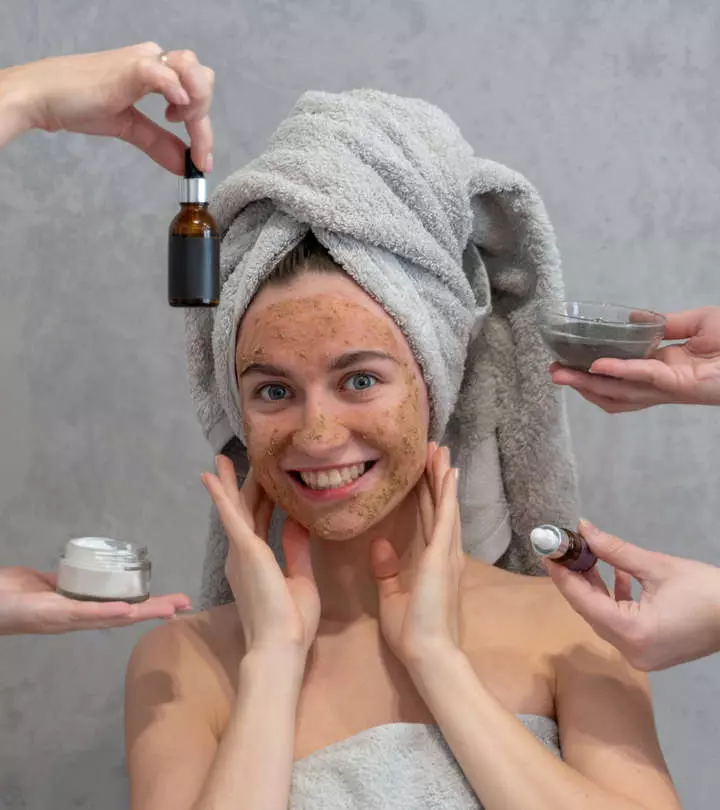

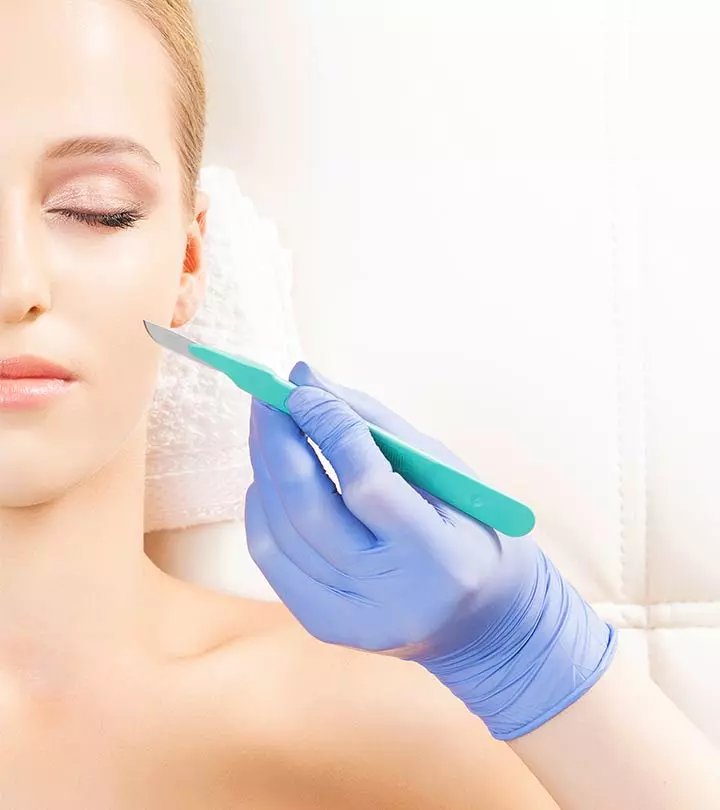






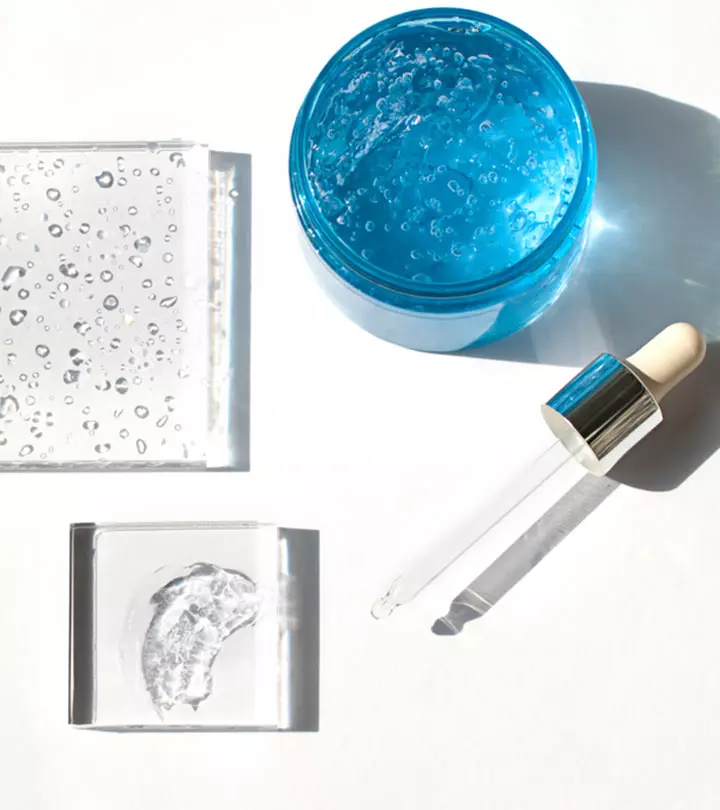

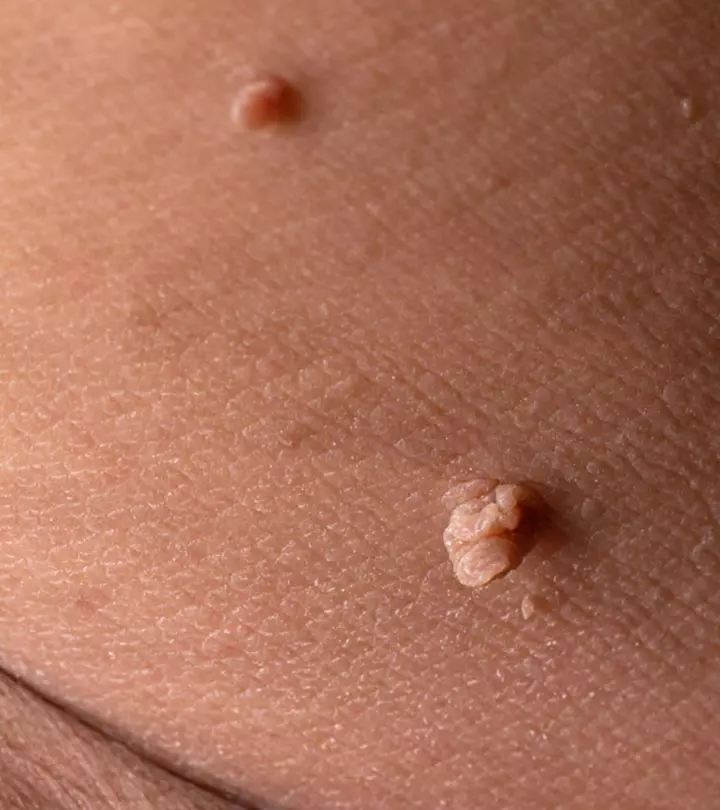
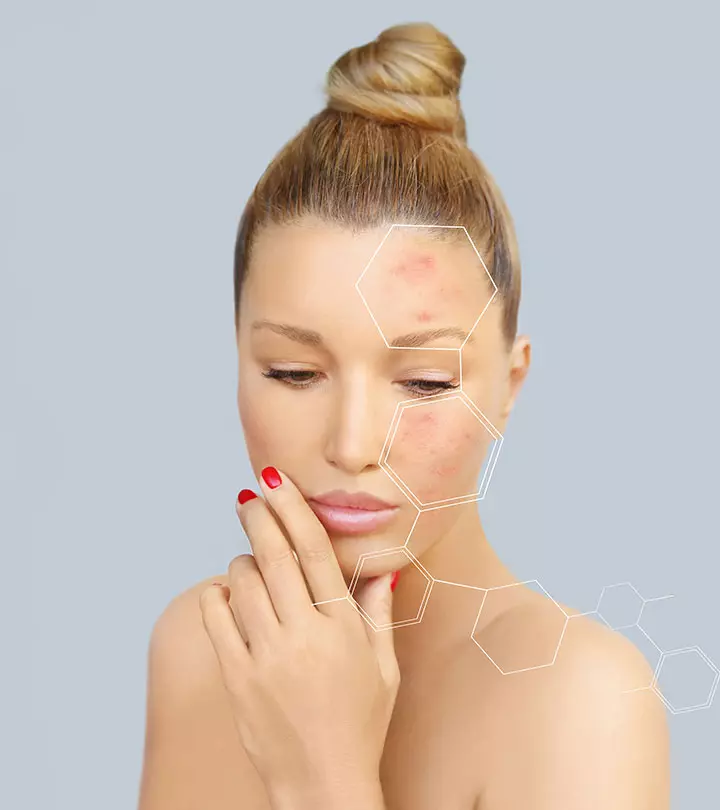




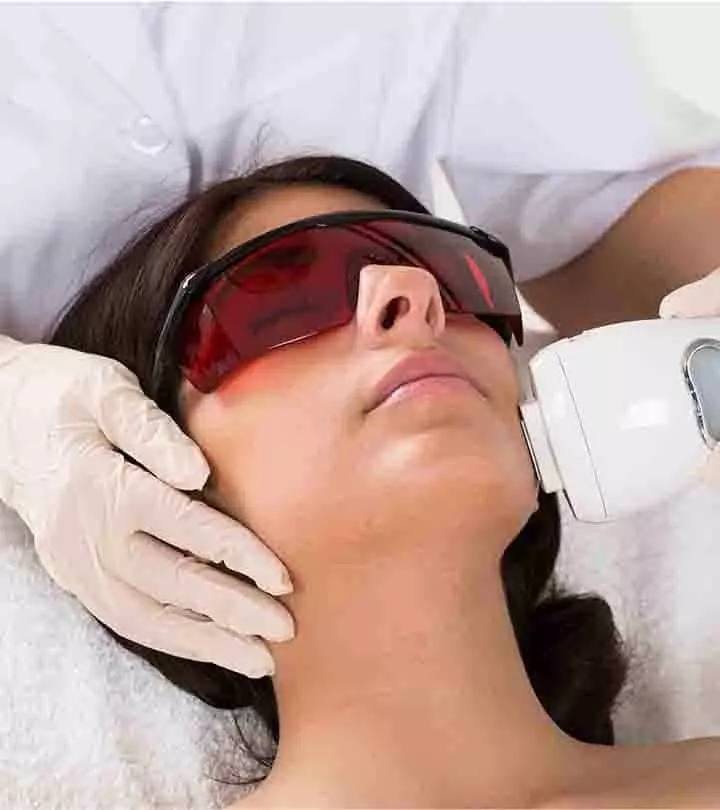

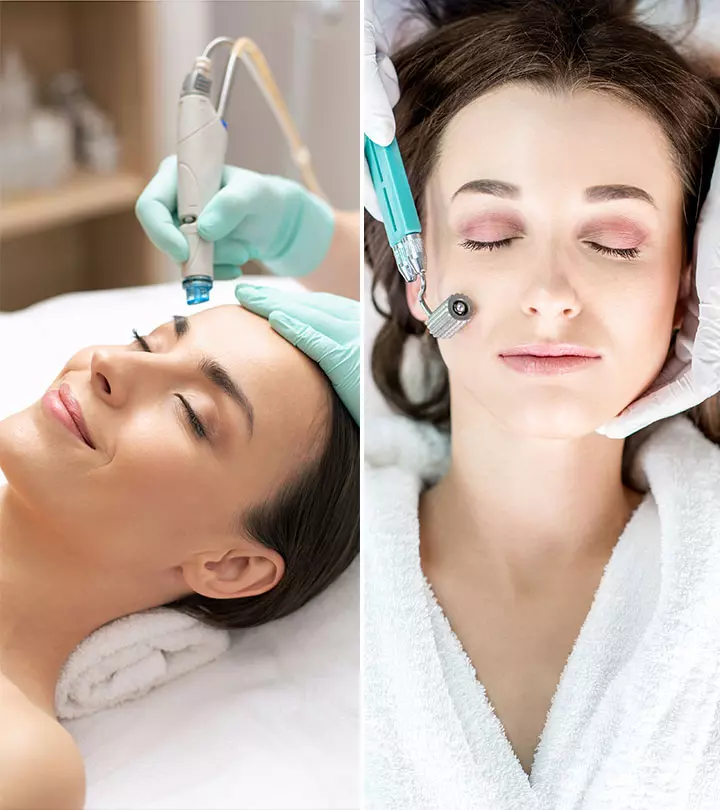
Community Experiences
Join the conversation and become a part of our empowering community! Share your stories, experiences, and insights to connect with other beauty, lifestyle, and health enthusiasts.